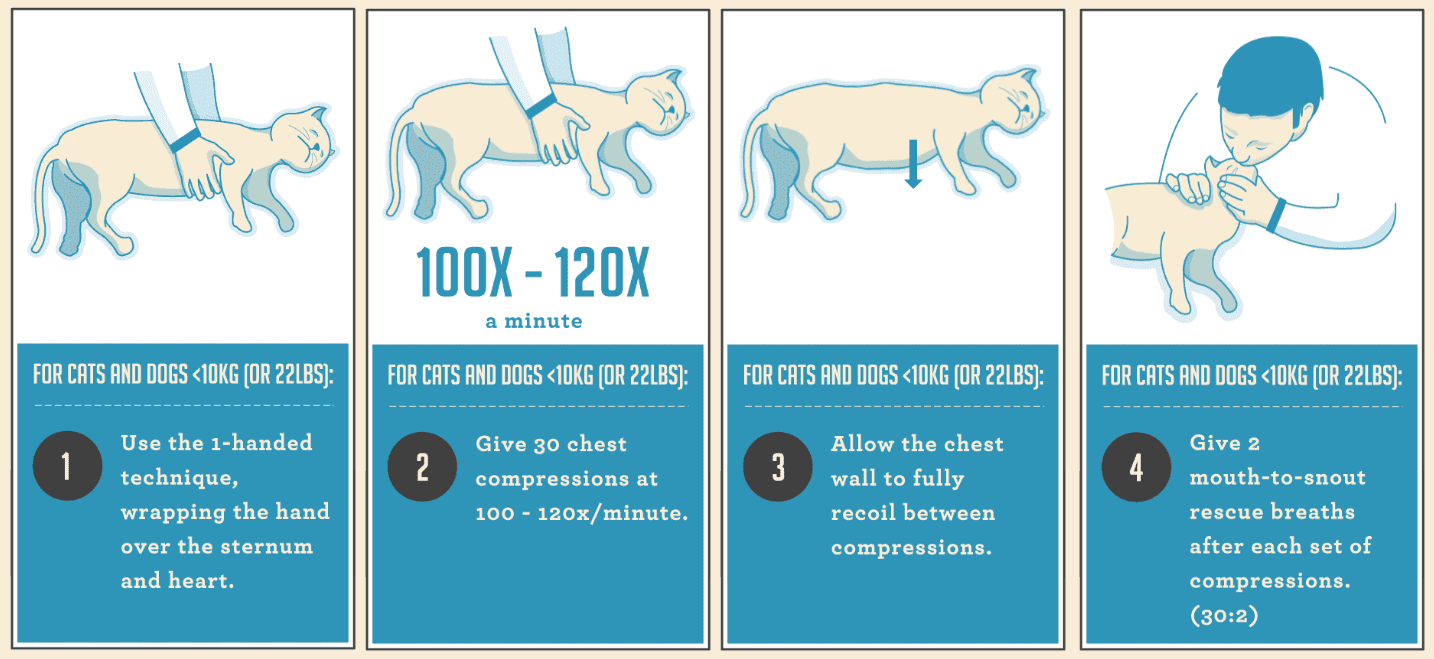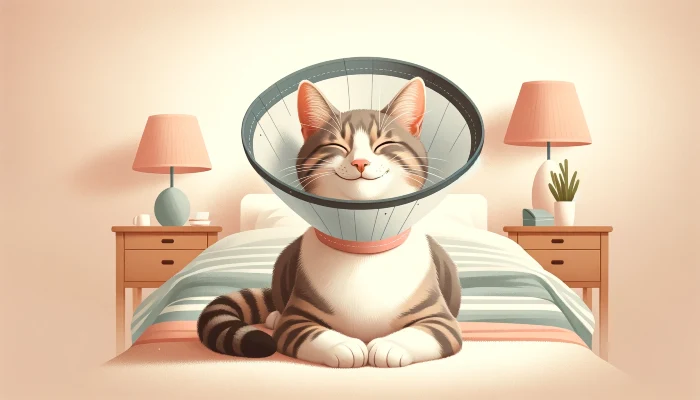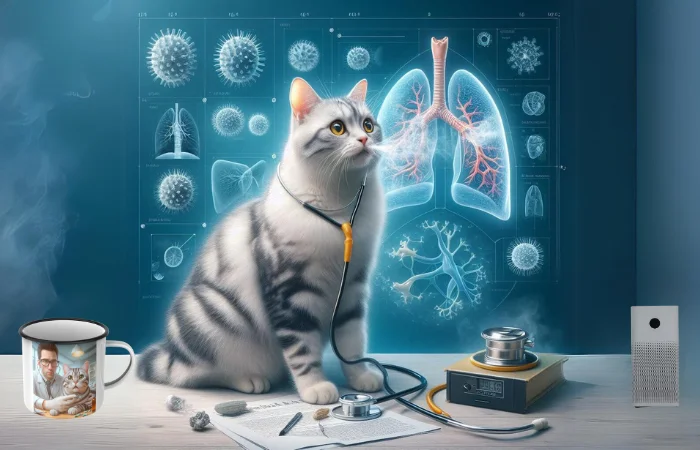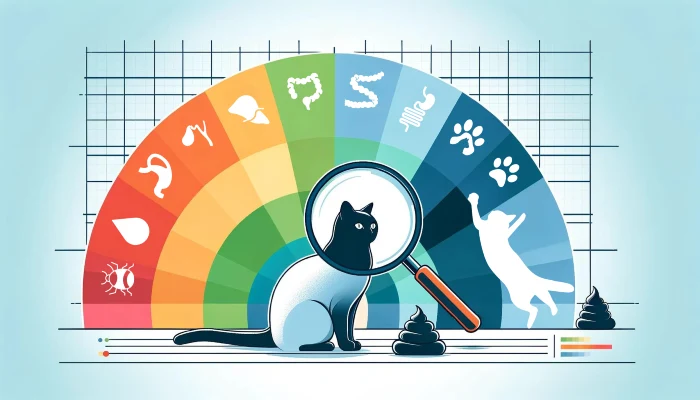As cat owners, our feline companions bring us joy, comfort, and endless entertainment. But along with their playful nature, it’s important to be prepared for any unexpected emergencies. Being knowledgeable in cat first aid can make a significant difference in ensuring the well-being of our beloved cats. In this article, we’ll explore essential techniques, common health issues to watch for, and what to include in a well-stocked Cat First Aid Kit.
So gather your purring friend, curl up together, and let’s delve into this vital topic with love and care!
Cat First Aid Techniques
CPR for Cats
Knowing how to perform cardiopulmonary resuscitation (CPR) can be a lifesaver in emergencies. Familiarize yourself with the proper technique, including chest compressions and rescue breaths, to help revive your cat if their breathing or heartbeat stops.
Ask your vet if there are any local classes available for pet CPR, or if they would be willing to show you how.
Wound Care
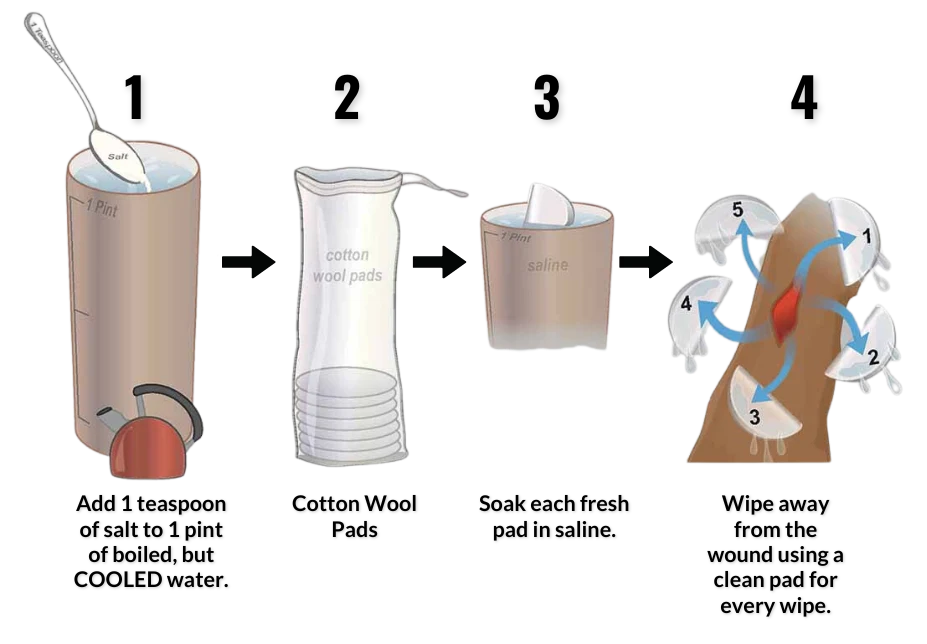
Understanding how to clean and dress wounds is crucial for controlling bleeding and preventing infection.
Stay calm and use a sterile saline solution or clean water to gently clean the wound before applying a suitable bandage.
Managing Broken Bones

Accidents can happen, and cats may experience fractures or injuries. Learn how to immobilize your cat’s injured limb using splints or improvised materials before seeking veterinary assistance.
Common Health Issues and How to Handle Them
Ingestion of Toxins
Cats are naturally curious, and they may accidentally ingest toxic substances. If you suspect poisoning, contact a veterinary poison control hotline or your veterinarian immediately. Avoid inducing vomiting without professional guidance, as cats have unique sensitivities.
Choking
Cats can choke on small objects or food. If your cat is choking, learn how to perform the Heimlich maneuver. If the object remains lodged, seek immediate veterinary help.
Heat Sensitivity
Cats are prone to heat-related issues. If your cat shows signs of overheating, such as excessive panting, drooling, or lethargy, move them to a cool area, offer water, and use cool towels to lower their body temperature. Seek veterinary assistance promptly.
Cat First Aid Kit Essentials
A well-prepared Cat First Aid Kit can be a lifeline in emergencies. You’ll want to include the essentials from the list below.
- Gauze pads, bandages and bandage tape for wound dressing.
- Sterile saline solution or clean water for wound cleaning.
- Tweezers for removing splinters or ticks.
- Scissors to cut bandages or remove tangled fur.
- Disposable gloves for hygiene purposes.
- Digital rectal thermometer to monitor body temperature.
- Styptic powder to stop bleeding from minor cuts or nail trims.
- Antiseptic wipes or solution for wound cleaning.
- An appropriately sized cat muzzle.
- Emergency contact numbers for your veterinarian, animal poison control, and nearest 24-hour veterinary clinic.
As responsible cat owners, it’s essential to be prepared for unforeseen circumstances and equipped with the knowledge and tools to provide basic first aid for our feline friends.
From CPR to wound care, these techniques can make a significant difference in times of need.
More To Discover
- The Urgent Need to Shut Down Puppy Mills: Protecting Dogs and Promoting Responsible Adoption
- Caring For Your First Lovebird: Everything You Need To Know
- A Comprehensive Guide to Doggy Daycare: Choosing the Right Care for Your Best Buddy
- Everything You Need To Enjoy a Stress-Free Road Trip with Your Cat [Packing List Included]
Remember to stay calm, prioritize your cat’s safety, and seek professional veterinary care when necessary.
So, next time you’re snuggled up with your feline companion, take a moment to appreciate the importance of Cat First Aid. Your knowledge and preparedness may come in handy when it matters most.
With a little understanding and a lot of love, you can ensure the well-being and happiness of your beloved cat throughout their adventures by your side.
Stay informed, stay vigilant, and continue providing the best care for your whiskered friend.









